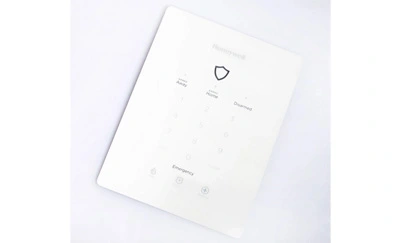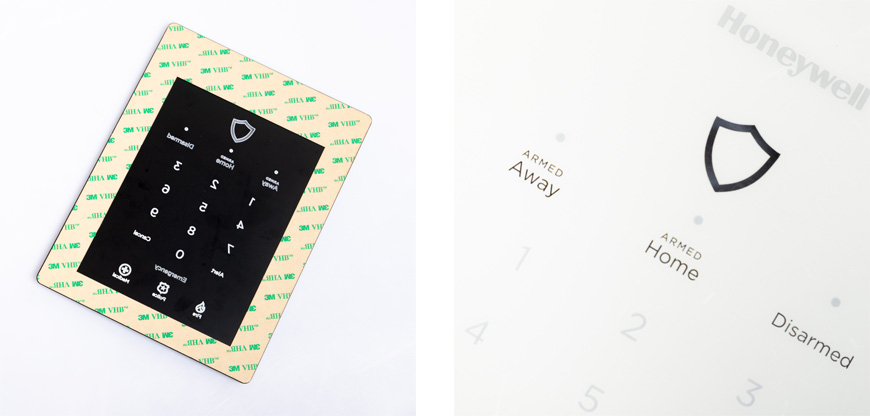
In today's rapidly advancing medical field, innovation and efficiency are paramount. One of the lesser-known but indispensable components in medical equipment is the medical membrane switch. These tiny, flat interfaces play a significant role in various medical devices, ensuring their smooth operation. In this article, we will delve into the world of medical membrane switches, their applications, advantages, and why they are a vital part of modern healthcare.

1. Introduction
2. What is a Medical Membrane Switch?
3. Applications in Medical Devices
Diagnostic Equipment
Patient Monitoring Systems
Medical Imaging Devices
4. Key Features of Medical Membrane Switches
5. Advantages in Medical Settings
Durability and Reliability
Customization for User Interface
Easy Cleaning and Sterilization
6. Design Considerations
Material Selection
Tactile Feedback
Backlighting Options
7. Manufacturing Process
Printing and Cutting Techniques
Assembling and Testing
8. Quality Standards and Regulations
9. Cost-Effectiveness in Healthcare
10. Case Studies
Membrane Switches in Infusion Pumps
Applications in Portable Diagnostic Devices
11. Future Trends
12. Conclusion
13. FAQs
In an era where precision and user-friendliness are crucial in the medical industry, medical membrane switches have become indispensable. These thin, flexible, and durable interfaces are the unsung heroes behind the operation of many medical devices.
A medical membrane switch is a low-profile, electronically responsive interface that consists of multiple layers of flexible materials. It typically includes a graphic overlay, adhesive spacer, and circuitry. When pressure is applied to specific areas on the overlay, it triggers the underlying circuits, enabling device functionality.
Diagnostic Equipment
Medical membrane switches are extensively used in diagnostic equipment, such as blood glucose monitors and DNA analyzers. Their precise tactile feedback and durability make them ideal for devices that require frequent user interaction.
Patient Monitoring Systems
In patient monitoring systems, these switches provide a seamless interface for healthcare professionals to monitor vital signs, alarms, and patient data.
Medical Imaging Devices
The customizability of membrane switches allows them to be integrated into medical imaging devices like ultrasound machines and X-ray systems, facilitating precise control.
Durability and Reliability: Designed to withstand harsh medical environments, these switches are resistant to chemicals, moisture, and frequent cleaning.
Customization for User Interface: Membrane switches can be tailored to suit specific user requirements, including unique graphic overlays and tactile feedback.
Easy Cleaning and Sterilization: With no gaps or crevices, membrane switches are easy to clean and can be sterilized without compromising functionality.
Medical membrane switches offer several advantages in healthcare settings:
Durability and Reliability
Their robust construction ensures longevity, even in demanding environments, reducing maintenance costs.
Customization for User Interface
Healthcare professionals can have a user interface tailored to their needs, improving efficiency and ease of use.
Easy Cleaning and Sterilization
Infection control is crucial in healthcare, and membrane switches can be cleaned and sterilized without the risk of damage.
When designing a medical membrane switch, several factors need to be considered:
Material Selection
Choosing the right materials is essential to ensure the switch's compatibility with the device's environment.
Tactile Feedback
The tactile response of the switch should be designed for the user's comfort and ease of use.
Backlighting Options
In some medical devices, backlighting is necessary for operation in low-light conditions.
The manufacturing of medical membrane switches involves precision and attention to detail:
Printing and Cutting Techniques
Graphics and circuitry are printed onto flexible materials and then precisely cut to create the switch.
Assembling and Testing
Layers are assembled, and the switch undergoes rigorous testing to ensure functionality and reliability.
Medical membrane switches must meet stringent quality standards and regulatory requirements to ensure patient safety and device efficacy.
Despite their advanced technology, medical membrane switches offer cost-effective solutions, helping healthcare institutions manage expenses.
Membrane Switches in Infusion Pumps
Learn how membrane switches enhance the operation of infusion pumps, improving accuracy and safety.
Applications in Portable Diagnostic Devices
Discover how these switches contribute to the success of portable diagnostic devices, making healthcare more accessible.
Explore the evolving technology and innovations in medical membrane switches, offering even more possibilities in healthcare.
In the fast-paced world of healthcare, the role of medical membrane switches cannot be understated. These reliable, customizable, and easy-to-clean interfaces are the backbone of many essential medical devices, contributing to better patient care and efficient healthcare delivery.
Are medical membrane switches easy to clean?
Yes, medical membrane switches are easy to clean and can be sterilized without compromising their functionality.
Can membrane switches be customized for specific medical devices?
Absolutely. Membrane switches are highly customizable, allowing them to be tailored to the unique requirements of various medical devices.
How do membrane switches contribute to infection control in healthcare?
Their smooth, crevice-free design makes membrane switches easy to clean and sterilize, reducing the risk of infection transmission.
Are there regulatory requirements for medical membrane switches?
Yes, medical membrane switches must adhere to strict quality standards and regulatory requirements to ensure patient safety and device effectiveness.
What are the future trends in medical membrane switch technology?
The future holds exciting possibilities for membrane switch technology, including improved durability, enhanced customizability, and integration with emerging healthcare innovations.